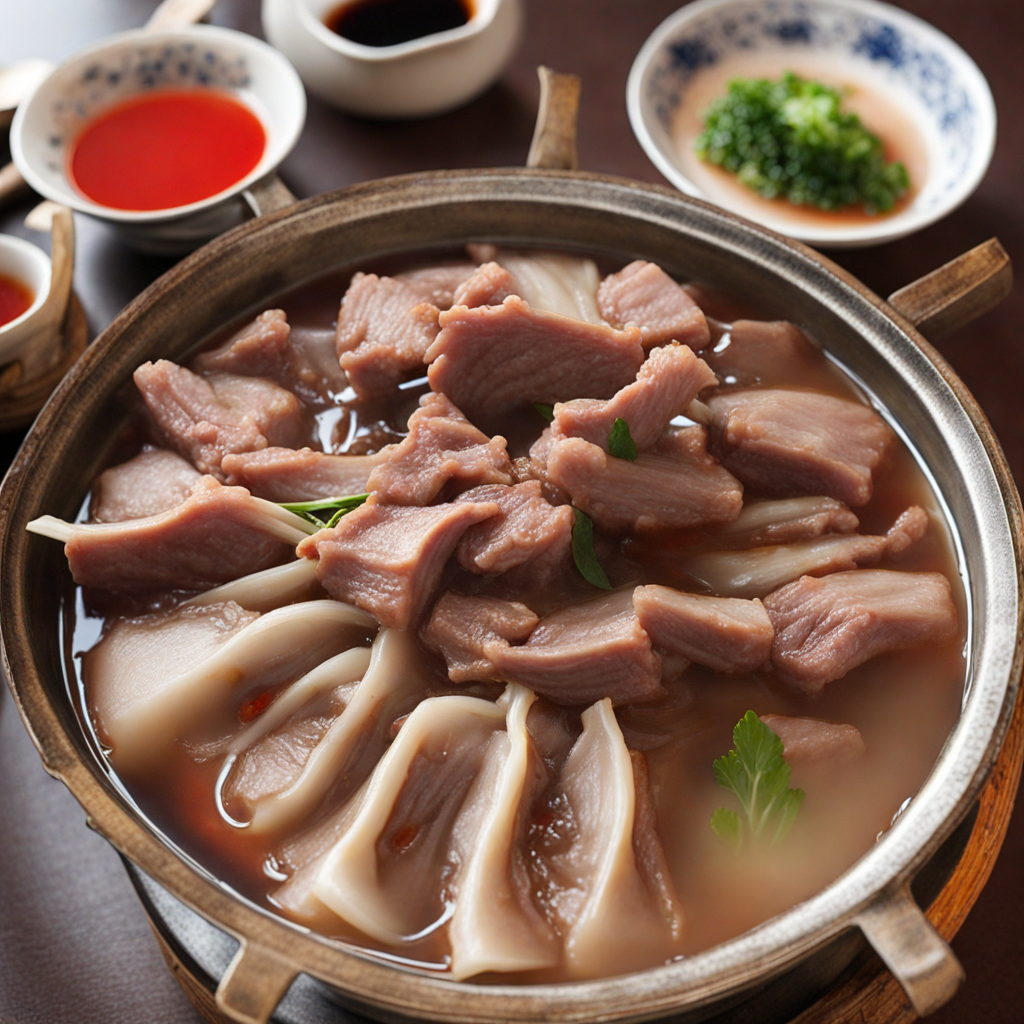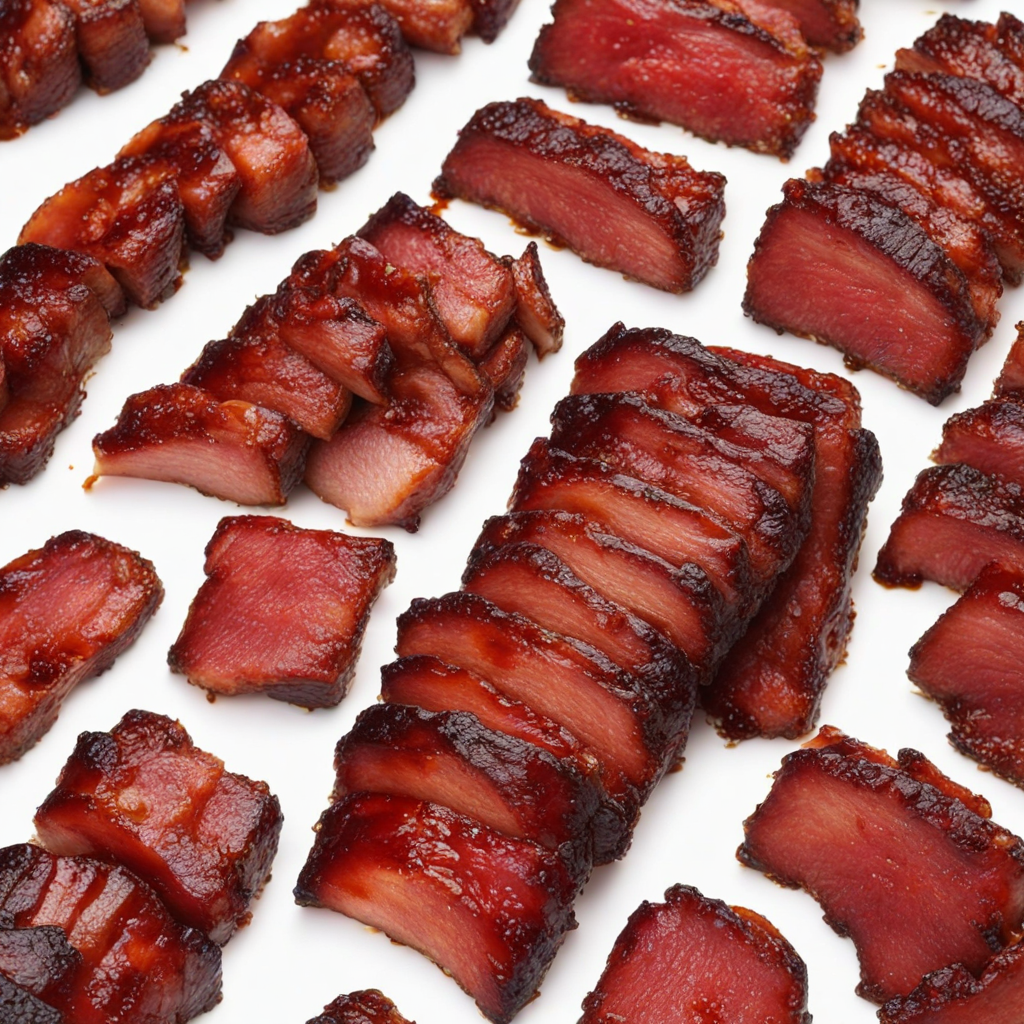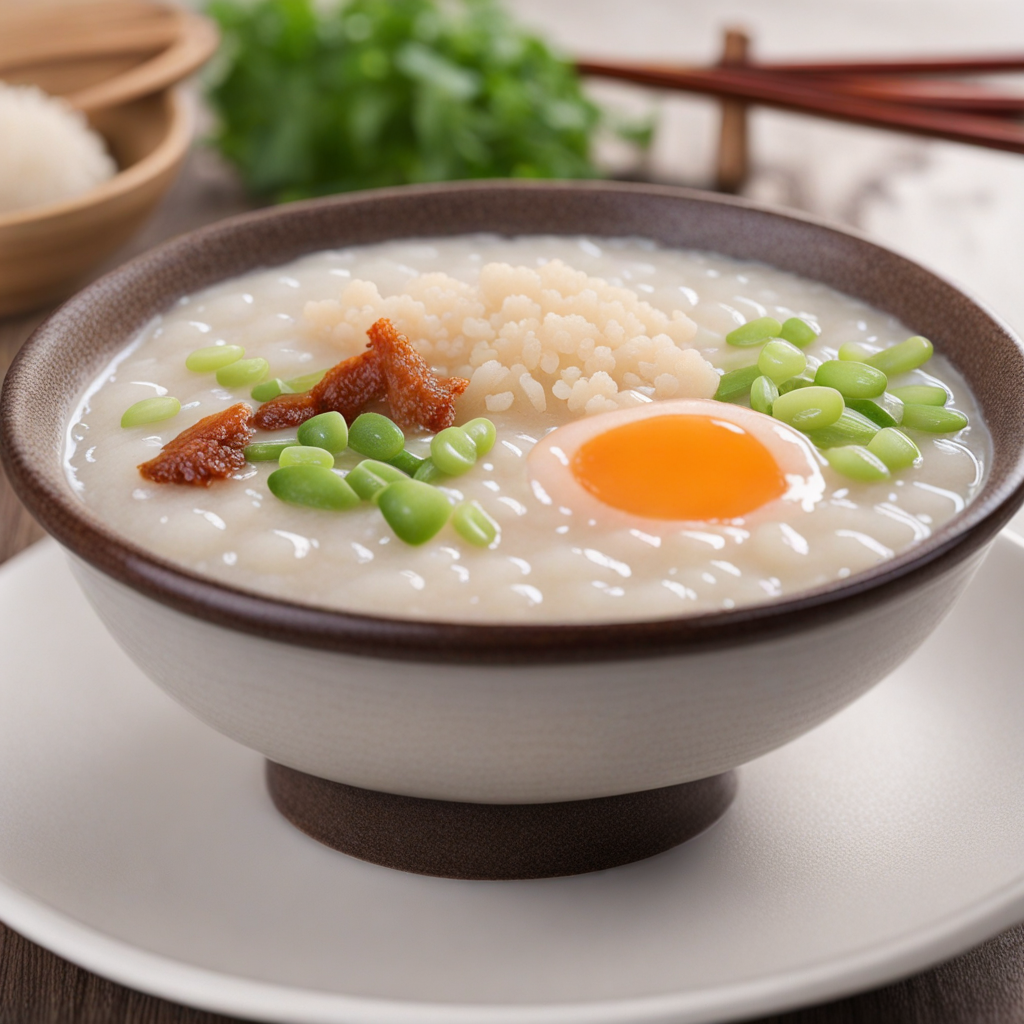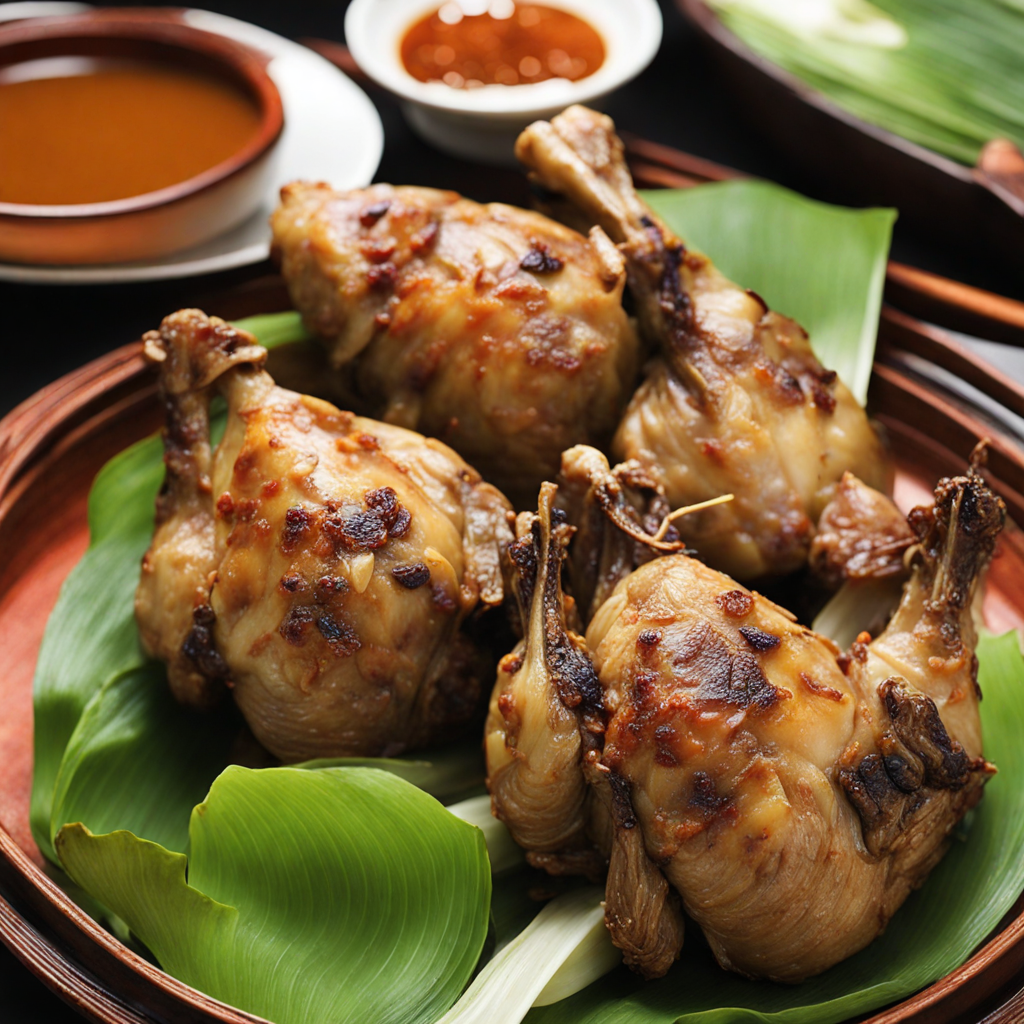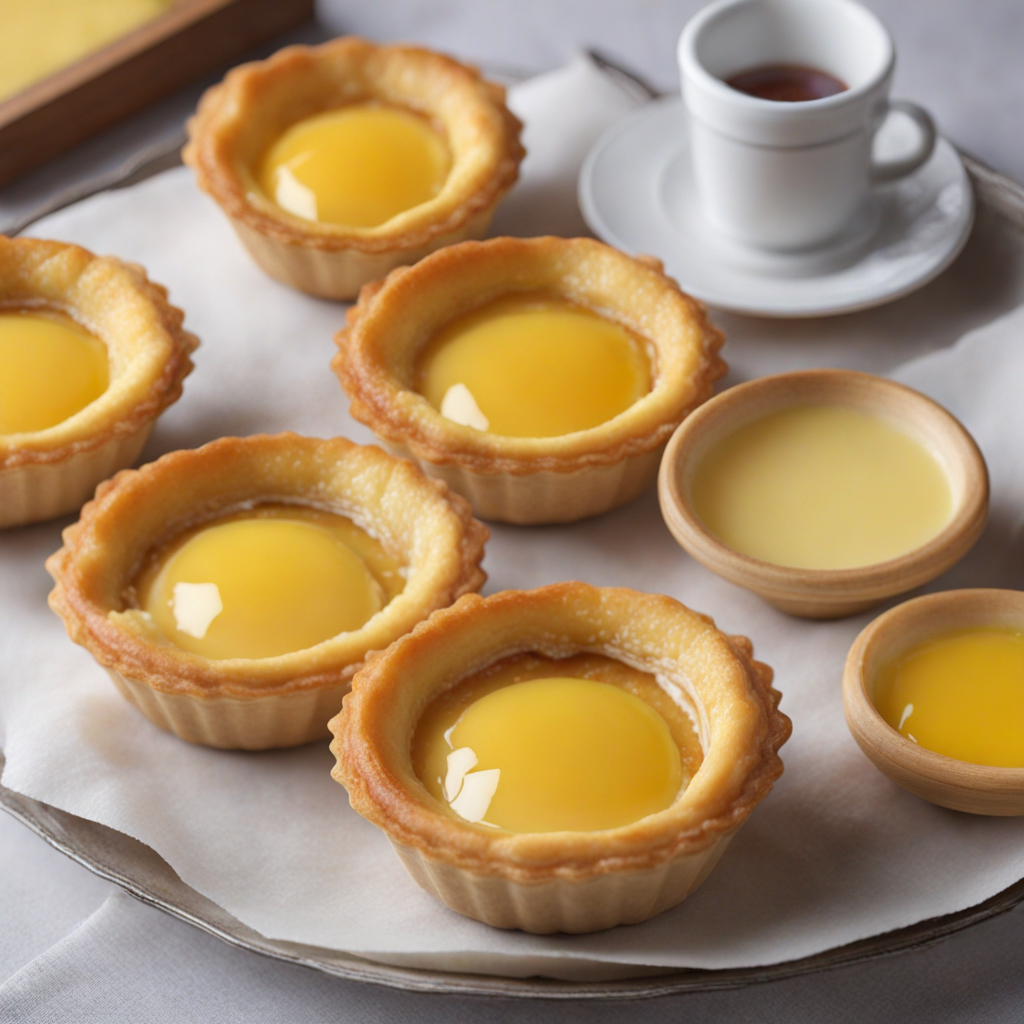Beijing Mutton Hot Pot
Beijing Mutton Hot Pot is a delightful and hearty dish that embodies the warmth and richness of Chinese cuisine. This hot pot features thinly sliced mutton, which is known for its tender texture and rich flavor. The meat is typically marinated with a blend of spices, enhancing its natural taste and providing a savory depth that pairs beautifully with the other ingredients. Diners often experience the ritual of cooking the raw mutton slices in a simmering pot of flavorful broth, allowing them to appreciate the freshness and quality of the meat as it cooks to perfection right at the table. Accompanying the mutton is an array of fresh vegetables, mushrooms, and tofu, each contributing its unique taste and texture to the overall experience. Common additions include leafy greens like spinach and bok choy, crunchy vegetables such as lotus root and radishes, and a variety of mushrooms that add earthy notes to the dish. The combination of these ingredients not only enhances the flavor profile but also creates a vibrant and colorful presentation that is as pleasing to the eye as it is to the palate. The dipping sauces play a crucial role in the enjoyment of Beijing Mutton Hot Pot, offering an extra layer of flavor. Diners can customize their sauce with ingredients like sesame paste, soy sauce, garlic, and chili oil, allowing them to create a personalized taste experience. The communal aspect of enjoying this dish with friends and family fosters a sense of togetherness, making it not just a meal, but a memorable social occasion. Each bite is a celebration of textures and flavors, leaving a lasting impression that invites you to return for more.
How It Became This Dish
The History of 涮羊肉 (Shuàn Yángròu): A Culinary Journey Through Time 涮羊肉, pronounced Shuàn Yángròu, translates to "sliced lamb hot pot" and is an iconic dish originating from northern China, particularly known in Beijing. This dish, often enjoyed in the cold months, has a rich history intertwined with the cultural evolution of Chinese society, reflecting both the agricultural practices and the social customs of the people. Origins: The Birth of a Culinary Tradition The roots of 涮羊肉 trace back to the Mongolian nomadic culture, where lamb was a staple due to the vast herds raised on the steppes. The Mongols, known for their horsemanship and herding skills, relied heavily on sheep for sustenance. As they roamed the grasslands, they developed methods of cooking that were both practical and suited to their lifestyle. The practice of boiling meat in water or broth is thought to have originated here, where nomads would cook lamb quickly over a fire, preserving its tenderness and flavor. The term "涮" (Shuàn) itself means "to swish" or "to dip," reflecting the method of cooking the thinly sliced lamb in a bubbling pot of broth. It is believed that this method was adopted by the Han Chinese when they came into contact with Mongolian culture, especially during the Yuan Dynasty (1271-1368). The Mongol Empire's expansion into China facilitated cultural exchange, leading to the integration of various culinary practices. Cultural Significance: A Symbol of Community and Warmth 涮羊肉 is not just a dish but a cultural experience deeply embedded in social interactions. The act of gathering around a hot pot, dipping slices of lamb into simmering broth, and sharing a meal with family and friends is a cherished tradition in Chinese culture. This communal dining experience fosters connection and warmth, making it particularly popular during winter months when families come together to ward off the cold. In Beijing, 涮羊肉 became especially popular during the Qing Dynasty (1644-1912) as it was a favored dish among the imperial court. The royal family and their guests would enjoy this dish in lavish banquets, further elevating its status. The dish was often complemented by a variety of sauces, vegetables, and spices, enhancing the flavors and making each dining experience unique. Development Over Time: From Street Food to Gourmet Cuisine As the centuries rolled on, the popularity of 涮羊肉 grew beyond the confines of the imperial courts and into the streets of Beijing. By the early 20th century, it evolved into a beloved street food, with vendors setting up stalls in bustling markets. The simplicity of the dish—freshly sliced lamb, a bubbling broth, and a selection of dipping sauces—made it accessible to the masses. During this time, the dish became associated with the vibrant lifestyle of Beijing. It was not uncommon for people to gather in hot pot restaurants after a long day of work, sharing stories and laughter over steaming bowls of broth. The dish's affordability, combined with its communal nature, made it a staple for workers and families alike. The post-1949 era, following the establishment of the People’s Republic of China, saw a resurgence of traditional foods, including 涮羊肉. The government promoted national pride through culinary heritage, and hot pot restaurants began to flourish. It was during this time that the dish began to be incorporated into various regional cuisines, leading to the development of different styles of hot pot. Regional Variations and Modern Adaptations While Beijing’s version of 涮羊肉 is characterized by its simplicity and focus on the quality of lamb, other regions have embraced variations. In Sichuan, for example, the hot pot is known for its spiciness and the use of Sichuan peppercorns, creating a fiery experience that contrasts sharply with the milder Beijing style. Similarly, in Guangdong, hot pot is often accompanied by seafood and a variety of dipping sauces, showcasing the region’s culinary diversity. In recent years, as globalization has taken hold, 涮羊肉 has found its way into international cuisine. Restaurants around the world have begun to offer their interpretations of this beloved dish, adapting the ingredients to suit local palates. The rise of modern dining experiences, including all-you-can-eat hot pot restaurants, has introduced a new generation to this traditional dish, keeping its essence alive while also innovating it for contemporary tastes. Health Trends and Sustainability As health consciousness has grown globally, so too has the awareness surrounding the sourcing of ingredients. The focus on using high-quality, sustainable lamb has become a hallmark of esteemed hot pot establishments. Diners are increasingly interested in the origins of their food, leading to a rise in restaurants that highlight local farms and ethical practices in their sourcing of lamb and vegetables. Moreover, the hot pot experience has adapted to accommodate dietary preferences. Vegetarian and vegan versions of 涮羊肉 have emerged, featuring plant-based proteins and a rich variety of vegetables. This evolution reflects a broader trend in culinary practices, where traditional dishes are reimagined to be inclusive and health-conscious. Conclusion: A Culinary Legacy 涮羊肉 is more than just a dish; it is a reflection of the rich tapestry of Chinese history and culture. From its Mongolian origins to its development as a beloved communal food in urban centers, it has adapted and evolved over centuries. Today, it stands as a symbol of community, warmth, and culinary creativity, bridging generations and cultures. As you savor a bowl of 涮羊肉, whether in a bustling Beijing restaurant or a cozy kitchen with family, you partake in a tradition that has withstood the test of time, embodying the spirit of togetherness that defines Chinese dining culture. Through its journey, 涮羊肉 reminds us of the importance of shared meals, the stories they tell, and the connections they foster—an everlasting legacy in the world of food.
You may like
Discover local flavors from China



